LED lights and LED grow lights are both energy-efficient ways to bring more light into your home. Even though they work on a similar principle, there are still some crucial differences between them everyone should know about.
In this article, we’ll discuss the topic in some more detail to help you choose the best-LED solution for your household needs.
So, without any further ado, let’s get right into it!
LED lights and their uses
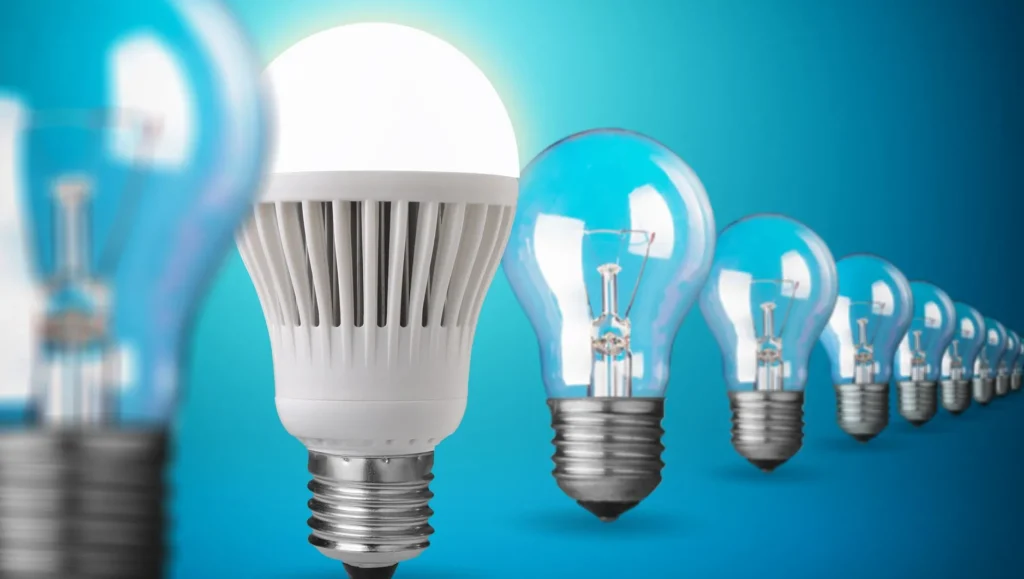
To better understand the differences between regular LED lights and LED grow lights, we’ll explain the mechanics behind both of these light sources first.
The core part of every LED light is a small microchip found inside of the bulb. Once you connect the bulb to an electrical source, the electrical currents travel to that microchip, which in turn provides the light to the LED. They also have something that’s called a heat sink, which prevents them from overheating.
People choose these over incandescent bulbs for their efficiency and durability. They can be installed almost anywhere, which makes them a good option for both indoor and outdoor applications.
LED Grow Lights and their uses
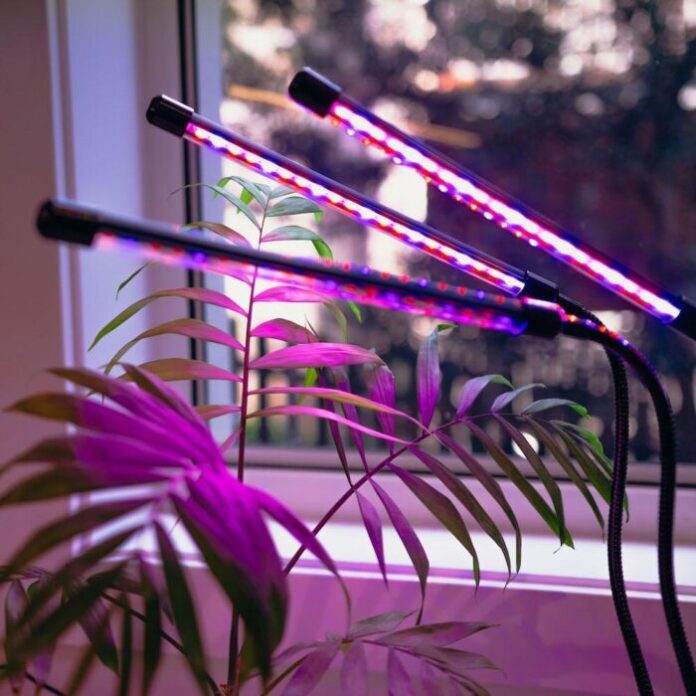
LED grow lights work on the same principle as regular LED lights, but their microchips are a bit different. Grow lights in general, as the name suggests, are designed to promote plant growth. They’re used in a wide range of applications, both industrial and domestic.
People use them in greenhouses or for keeping their indoor plants healthy and growing. Naturally, LED grow lights aren’t the only type of grow light you can find on the market, but they’re nonetheless the most effective.
Generally speaking, LED grow lights are just a variation of regular light-emitting diodes designed for the specific purpose of mimicking sunlight as closely as possible.
Main differences
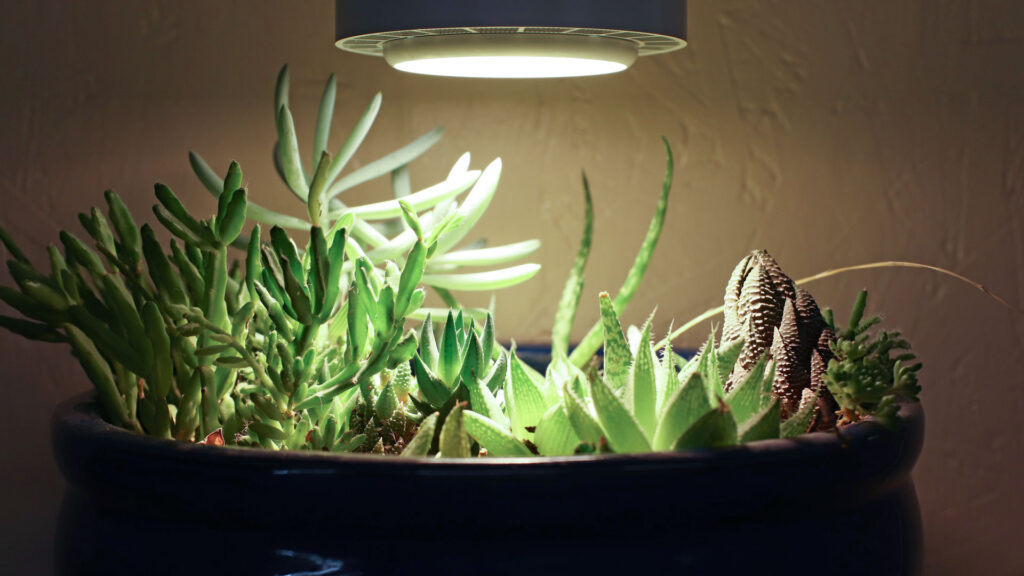
As you can probably guess by now, the main difference between LED lights and LED grow lights is their purpose. Regular LEDs only provide illumination, while grow LEDs produce blue and red lightwaves required for vegetative growth.
This means that you won’t get the same effects if you kept your plants under regular and grow lights. As grow lights have a slightly more nuanced design, they’re also a bit more pricey. Therefore, if you’re not buying the lights specifically for your plants, regular LED is the way to go.
Despite their different purposes, both of these types of lights come with similar advantages. They’re energy-efficient, durable, and long-lasting. You won’t have to worry about switching them every couple of days, nor will they affect your power bills as much as incandescent lightbulbs do.
Overall, one of the most crucial differences between these two types of LED lights is in the lightwaves they’re designed to emit, which also defines their respective purposes. Since grow lights are specifically made to help plant growth, they emit red and blue light waves instead of providing regular illumination.
Should I buy LED or LED grow lights?
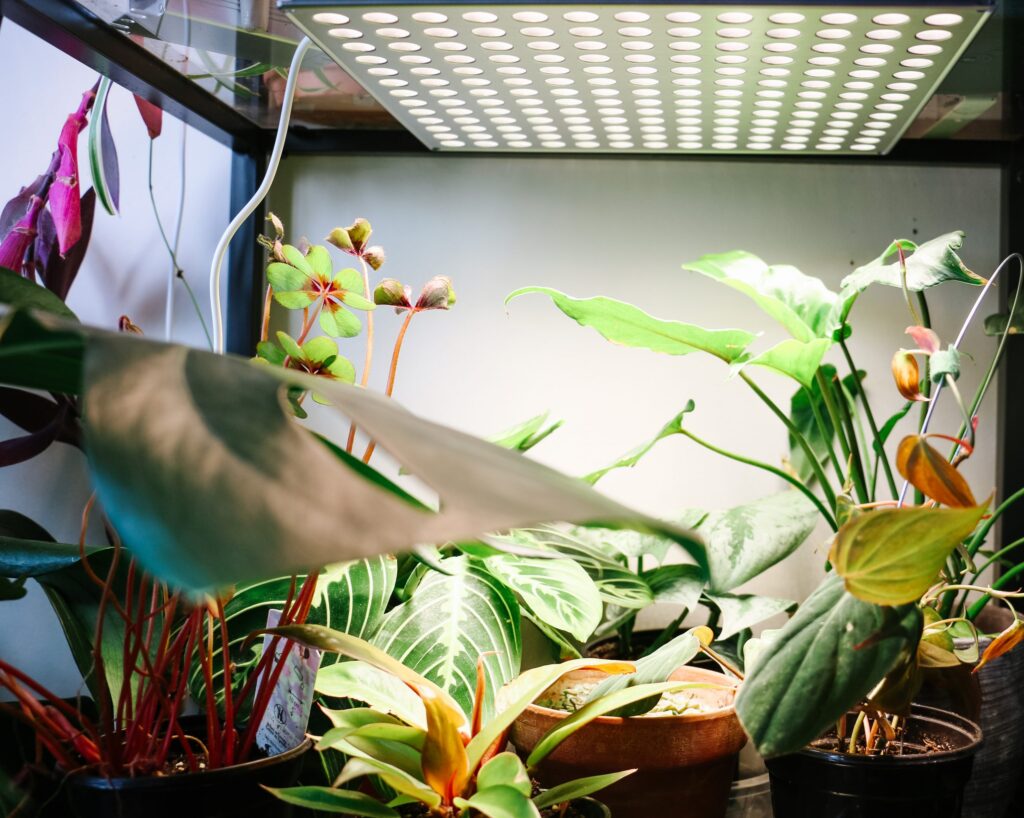
Again, this completely depends on your needs. If you have many indoor plants that don’t have access to enough sunlight, grow lights are the best pick. If you’d just like to save some money on your power bill, regular LEDs will do just fine.
Either way, you should choose your supplier carefully. As noted at ledlyskilder.no, not all LEDs are built the same. Ensure you only buy high-quality bulbs if you want to enjoy their benefits to the fullest.
Generally speaking, grow lights are a bit more expensive than their regular counterparts. As there’s such a wide range of options available, you’ll certainly find something that fits both your needs and your budget, so don’t let that worry you too much.
Can I use regular LEDs for my plants?
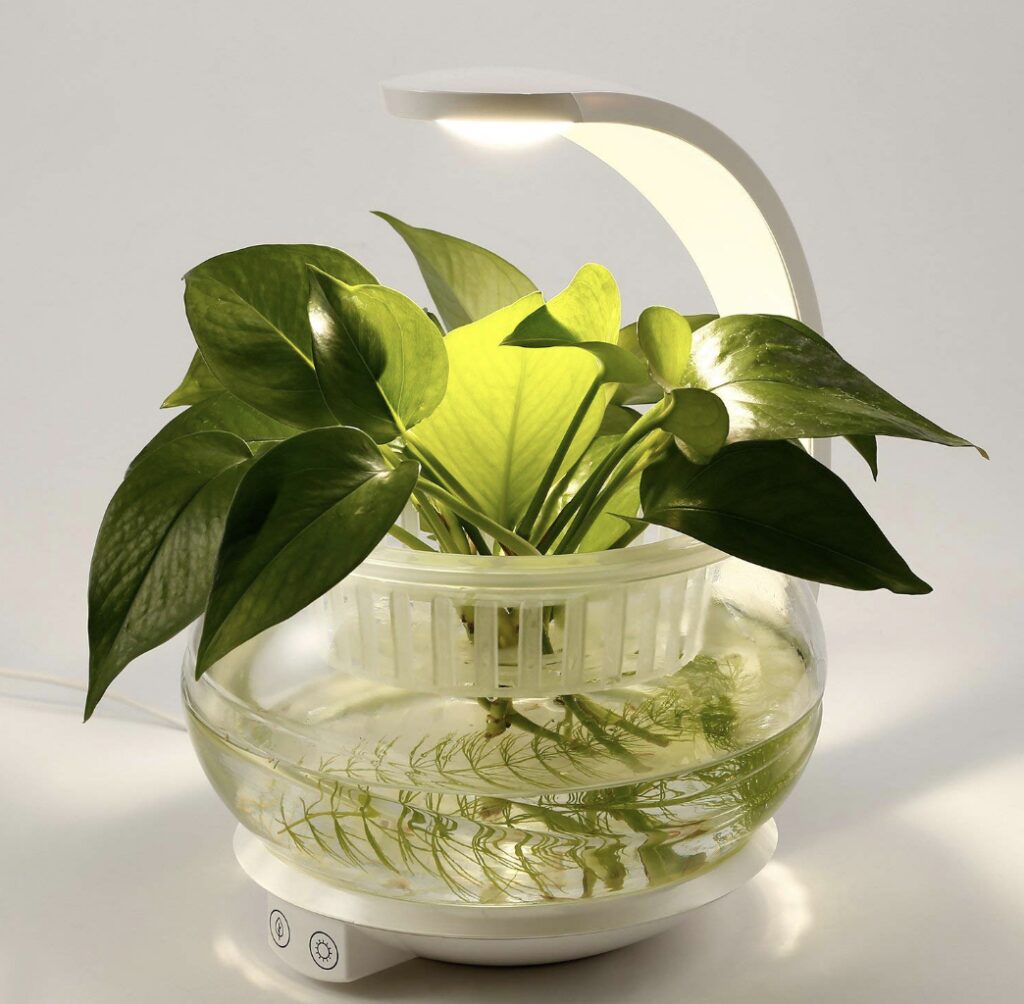
Yes, you can. Regular light-emitting diodes aren’t going to hurt your plants in any way. In fact, they can provide enough light to keep your plants alive.
Of course, you’ll get better and quicker results if you choose to use grow lights instead. Again, these are designed to emit red and blue waves which can be found in sunlight, while regular ones emit white waves instead. Red waves promote flowering and blue ones keep your plants growing, which is extremely important for the long-term health of your plant. White waves, on the other hand, can keep your plants alive, but they won’t do anything more than that.
So, essentially, there’s nothing wrong with having regular LEDs even if you have many houseplants in your home. Even though they won’t make the plant grow faster, they won’t exactly do any damage to it either.
Can my plants get too much light from artificial sources?
Grow lights are made to mimic sunlight, so everything that’s true for sun exposure remains true for these types of LED lights. Even regular light-emitting diodes can prove to be „too much“ for certain types of plants.
If you notice that your plant’s leaves are getting a bit brownish in color, it’s time to move the plant from the light source. Again, every plant is different, so pay attention to how you react to the exposure to ensure they get the optimal „doses“ of light at all times.
Whatever you do, make sure your plants aren’t getting too much light, especially if you’d like them to grow fast. Too much light can be just as harmful as no light at all, so keep that in mind at all times.
The bottom line
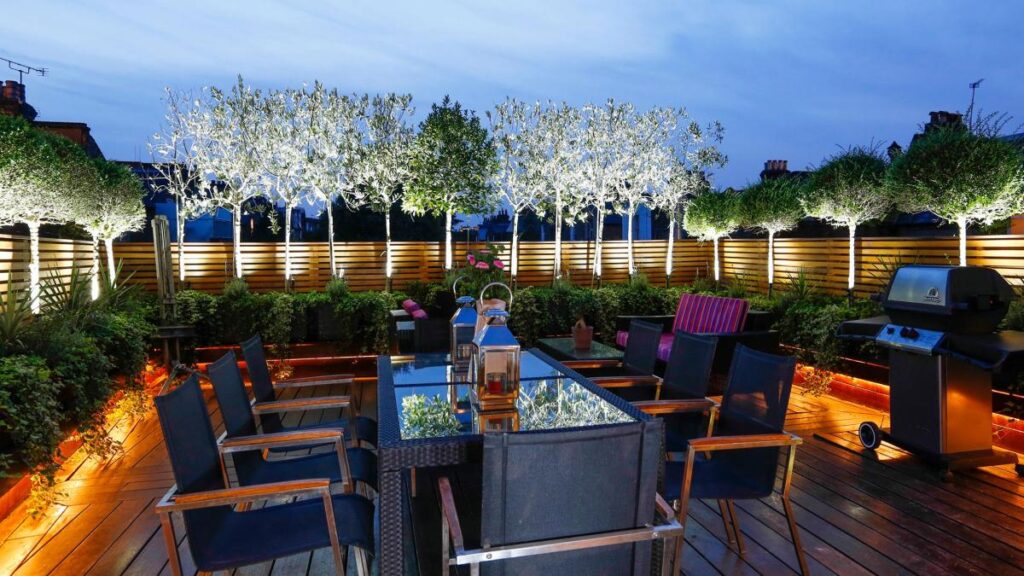
Regular LEDs and LED grow lights are not the same. The main difference is in the type of waves they emit. Since grow lights mainly emit red and blue lights, their main purpose is to promote vegetative growth. Regular LEDs, on the other hand, are used to illuminate indoor and outdoor spaces.
No matter which type you choose to buy, remember to do your research and find a quality supplier beforehand. In this way, you’ll be able to get the most out of your new light bulbs.
We hope our article cleared any doubts you might have had about these LED light types, and we wish you the best of luck in all of your future endeavors.

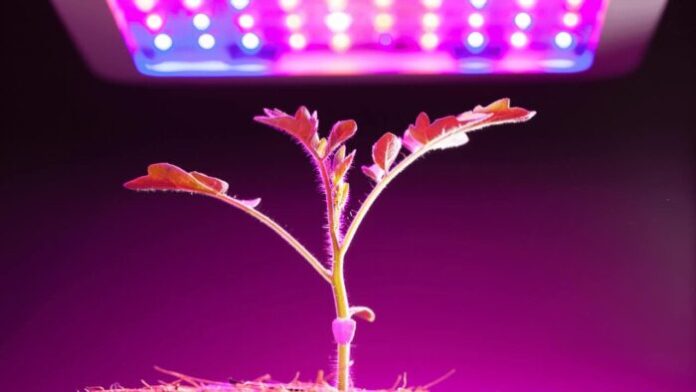



![Calgary’s Hottest Neighborhoods for Luxury Homebuyers [2024]](https://thewashingtonote.com/wp-content/uploads/2024/04/Calgary-324x160.png)



